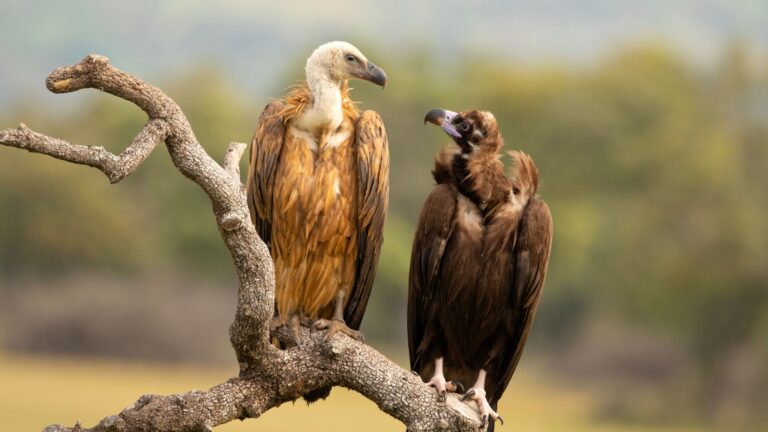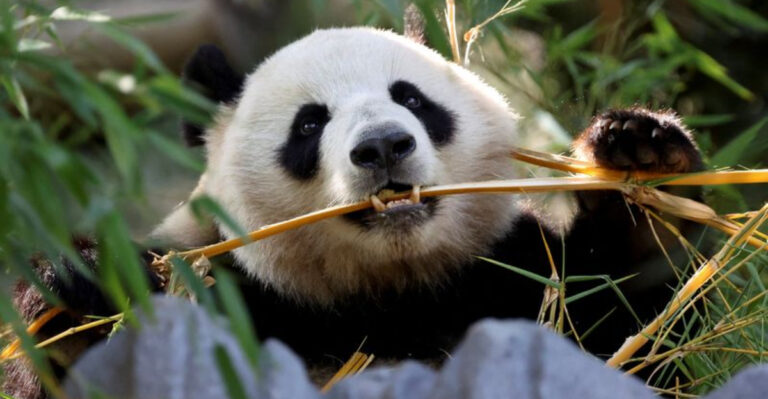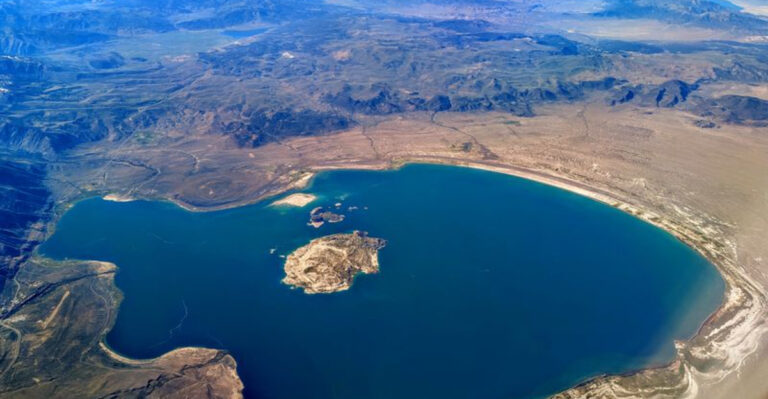12 Endangered North American Animals Facing A Grim Future
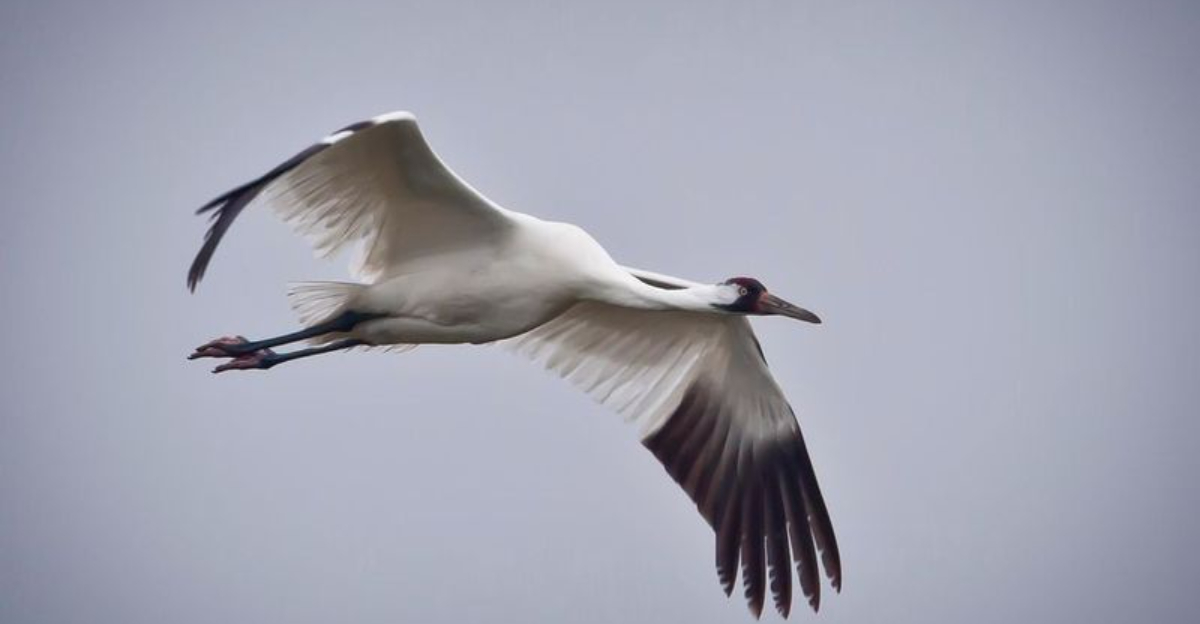
North America’s wildlife faces unprecedented challenges in our rapidly changing world. From mountain ranges to coastal waters, many unique species now teeter on the brink of extinction due to habitat loss, climate change, and human interference.
The following animals represent just a fraction of North America’s endangered wildlife, each with their own heartbreaking story of survival against mounting odds.
1. Florida Panther
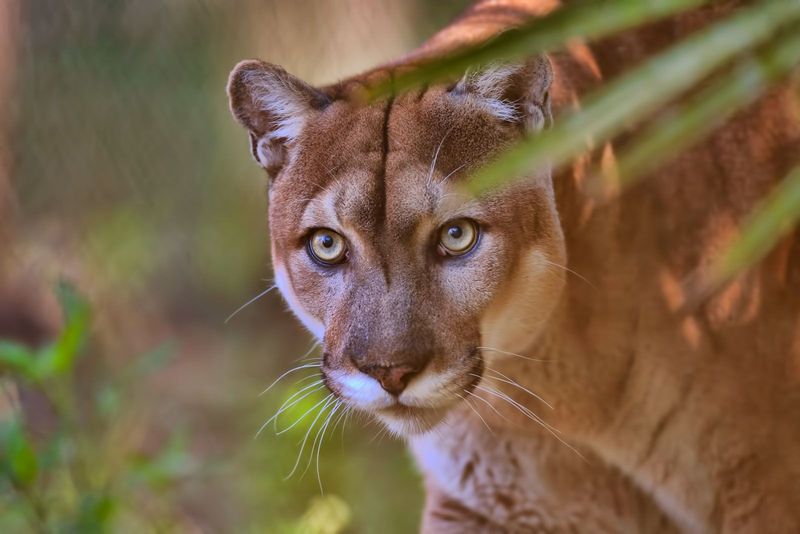
Once roaming throughout the southeastern United States, Florida panthers now cling to existence in a tiny portion of south Florida. Their population dwindled to just 20-30 cats in the 1970s, creating a genetic bottleneck that still affects them today.
Highway collisions claim numerous panther lives annually, while urban development continues shrinking their territory. Conservation efforts include wildlife crossings under roadways and genetic restoration programs that introduced Texas cougars to diversify their gene pool.
2. Steller’s Sea Lion
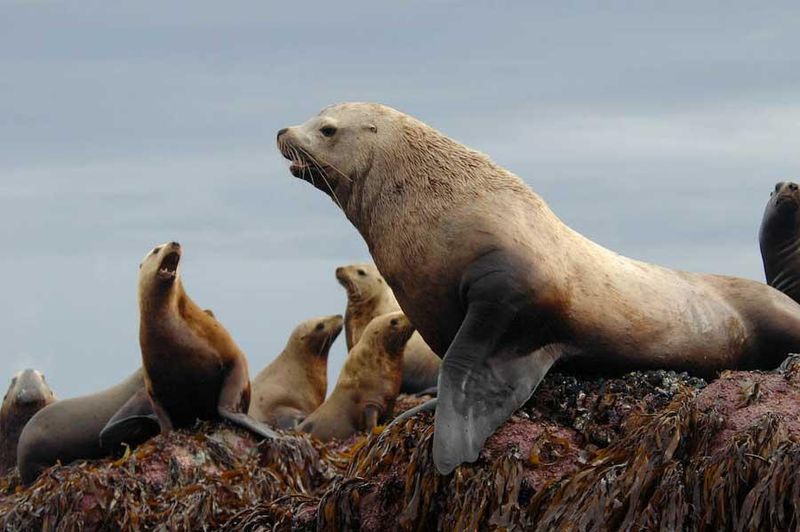
Massive and powerful, Steller’s sea lions dominate rocky coastlines throughout Alaska and the Pacific Northwest. Males can weigh up to 2,500 pounds, yet their impressive size hasn’t protected them from catastrophic decline.
Their population mysteriously plummeted by 80% between the 1970s and 1990s. Scientists believe commercial fishing depleted their food sources, while climate change altered ocean temperatures and prey availability. Though western populations show signs of recovery, eastern groups remain vulnerable to environmental shifts and human interference.
3. Red Wolf
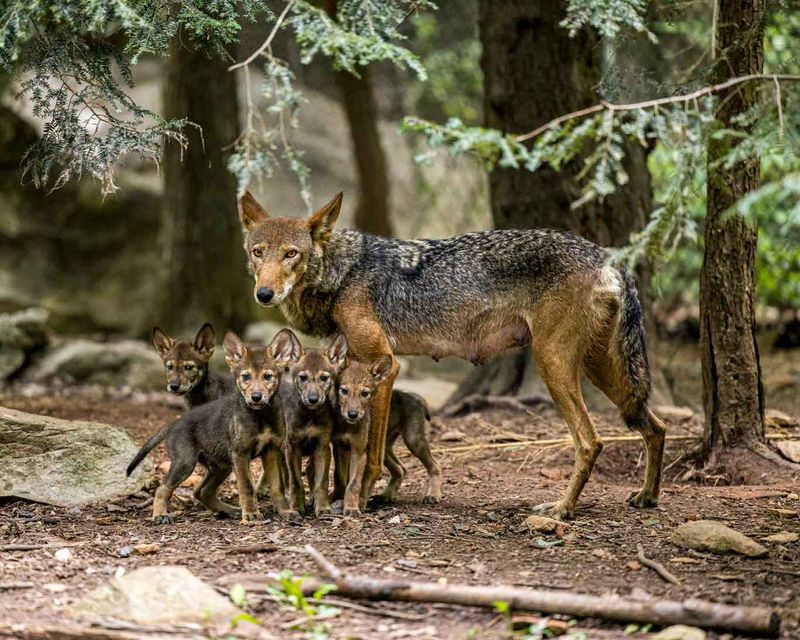
Smaller than their gray wolf cousins but larger than coyotes, red wolves once prowled throughout the southeastern United States. By 1980, they were declared extinct in the wild due to aggressive predator control programs and habitat loss.
A captive breeding program saved them from complete extinction. Today, fewer than 20 known red wolves remain in the wild in eastern North Carolina. Their greatest threat comes from hybridization with coyotes, which dilutes their unique genetic makeup and threatens their existence as a distinct species.
4. Kemp’s Ridley Sea Turtle
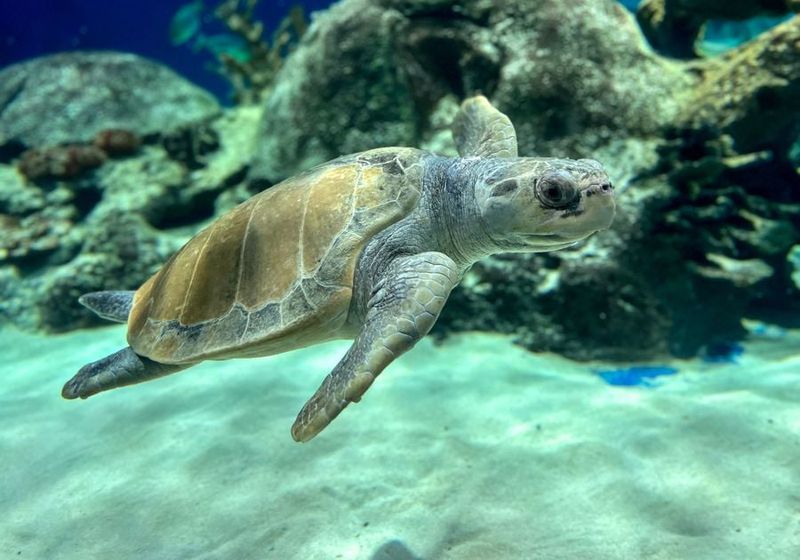
The smallest and most endangered sea turtle species, Kemp’s Ridley turtles face a perilous journey from the moment they hatch. Females gather in mass nesting events called “arribadas” on specific Gulf of Mexico beaches.
Oil spills, fishing nets, and plastic pollution have devastated their population. Conservation efforts include protected nesting beaches, fishing gear modifications, and “head-start” programs where hatchlings are raised in captivity before release. Despite these measures, their numbers remain critically low with fewer than 10,000 nesting females.
5. California Condor
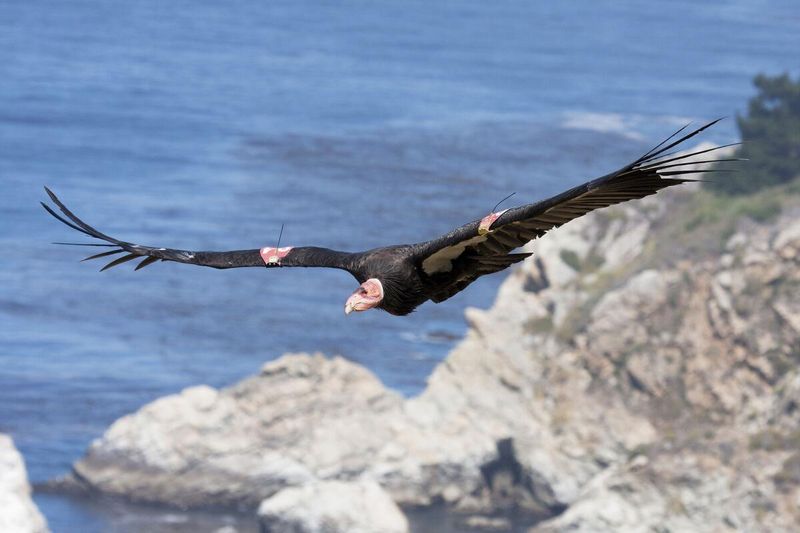
With a wingspan stretching nearly 10 feet, California condors soar as North America’s largest land birds. They plummeted to just 22 individuals in 1982 before an intensive captive breeding program began their slow recovery.
Lead poisoning remains their greatest threat. These scavengers consume bullet fragments in animal carcasses left by hunters, causing fatal lead poisoning. Other challenges include power line collisions and microtrash ingestion. Today, around 500 condors exist, with over half flying free in California, Arizona, Utah, and Baja California.
6. Whooping Crane
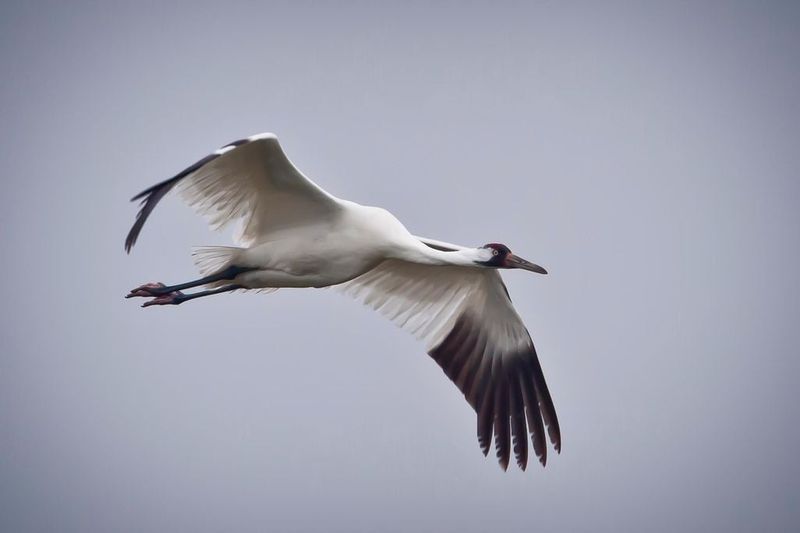
Standing nearly five feet tall with striking white plumage, whooping cranes represent one of conservation’s greatest challenges. Their epic 2,500-mile migration between Canada and Texas exposes them to countless dangers including power lines, habitat destruction, and illegal shooting.
By 1941, only 15 birds remained worldwide. Today, through captive breeding programs and innovative techniques like using ultralight aircraft to teach migration routes, their numbers have increased to around 800 individuals in the wild and captivity.
7. Piping Plover
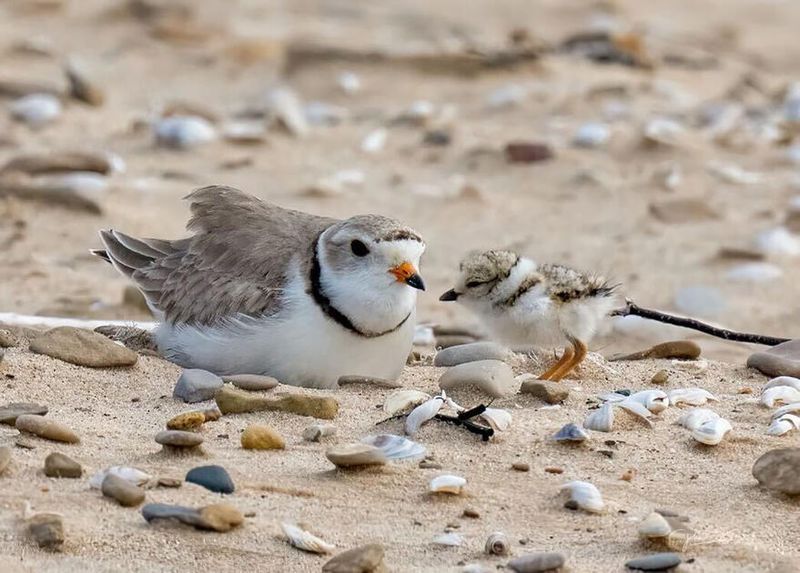
Small, sand-colored shorebirds that blend perfectly with their beach habitat, piping plovers face an uphill battle for survival. Their camouflage, once an evolutionary advantage, now makes their shallow nests vulnerable to beachgoers and vehicles.
Coastal development has eliminated much of their natural breeding habitat along Atlantic and Great Lakes shorelines. Conservation efforts include roping off nesting areas and public education campaigns. Despite protection under the Endangered Species Act since 1986, fewer than 8,000 piping plovers remain across North America.
8. American Burying Beetle
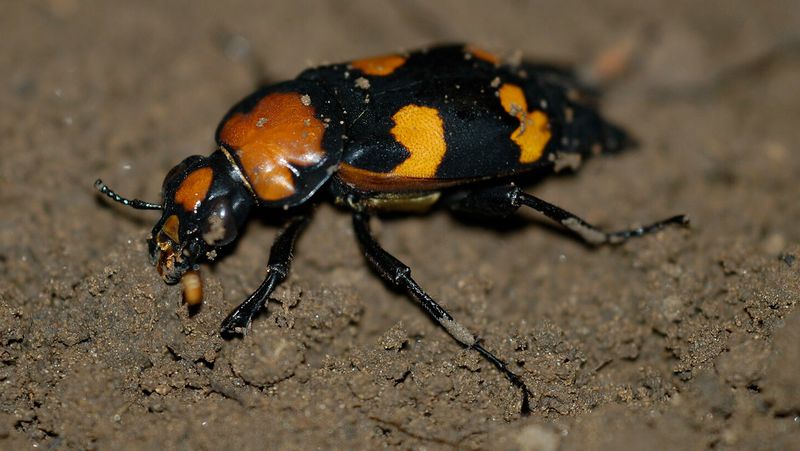
Brilliant orange markings distinguish these remarkable insects that once ranged across 35 states. Today, they’ve vanished from over 90% of their historic range, persisting in just a handful of isolated populations.
Unlike most endangered species, their decline remains somewhat mysterious. Scientists suspect pesticide use, light pollution, and competition with other scavengers have contributed. These unique beetles work in pairs to bury small animal carcasses underground, creating nurseries for their offspring and recycling nutrients in the ecosystem.
9. Black-footed Ferret
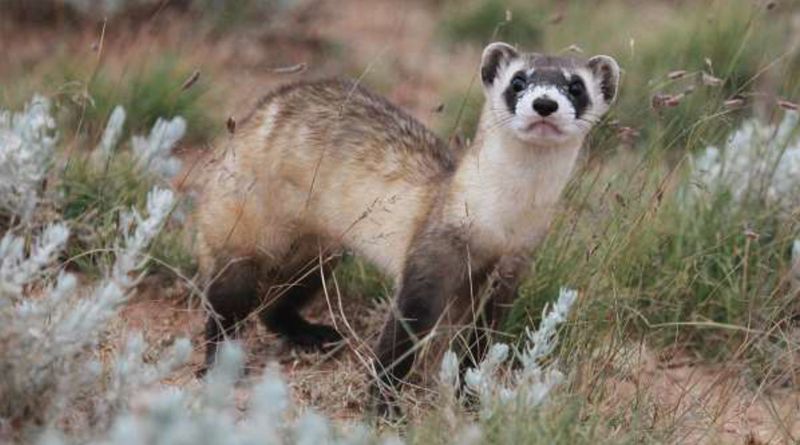
Once thought completely extinct, black-footed ferrets made a miraculous comeback after a small colony was discovered in Wyoming in 1981. These slender, masked predators depend almost entirely on prairie dogs for food and shelter, using abandoned burrows as homes.
Prairie dog eradication programs decimated their primary food source and habitat. Today, captive breeding and strategic reintroduction programs have established several wild populations. Despite these efforts, fewer than 400 adult ferrets live in the wild, facing continued threats from disease, habitat fragmentation, and prairie dog decline.
10. Woodland Caribou
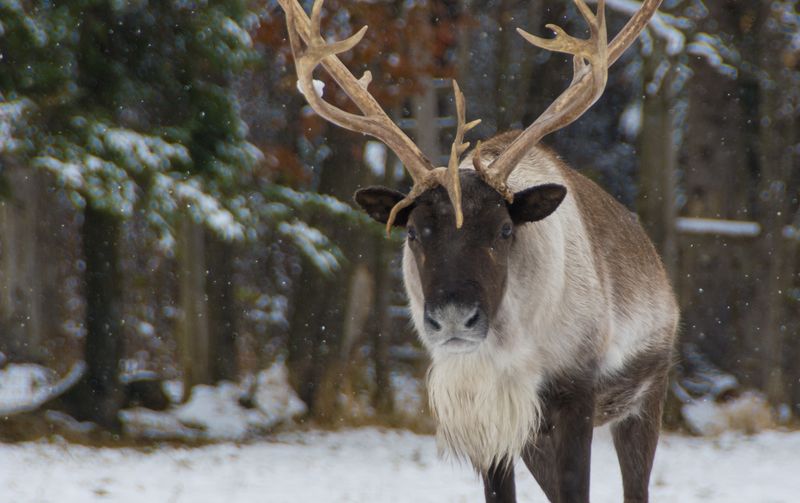
Silent ghosts of northern forests, woodland caribou once roamed widely across Canada and parts of the northern United States. Their specialized diet of arboreal lichens that grow on old-growth trees makes them particularly vulnerable to logging operations.
Climate change has brought additional challenges, including altered snow patterns that affect movement and feeding. Some southern populations have declined by over 60% in just two decades. Despite protective measures, industrial development continues fragmenting their critical habitat, pushing remaining herds into increasingly smaller, isolated pockets.
11. Bachman’s Warbler
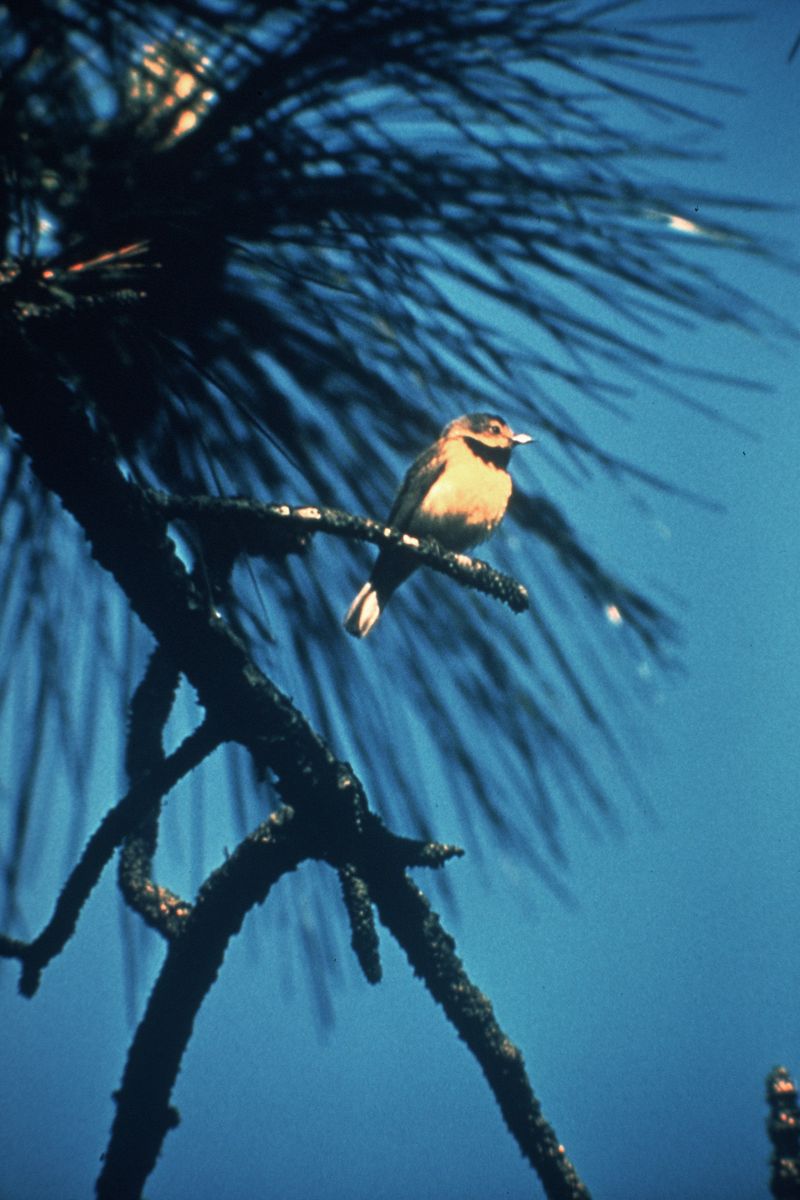
Possibly extinct but officially listed as endangered, Bachman’s warbler represents one of North America’s most tragic conservation stories. This small, yellow-and-black songbird once migrated between southeastern swamp forests and Cuban wintering grounds.
The last confirmed sighting occurred in 1988, though unverified reports occasionally surface. Their decline began with massive destruction of southern bottomland forests and Cuban habitat loss. Some ornithologists maintain hope that small populations may persist in remote swamps, while others believe this beautiful warbler has already joined the ranks of extinct species.
12. Gila Topminnow
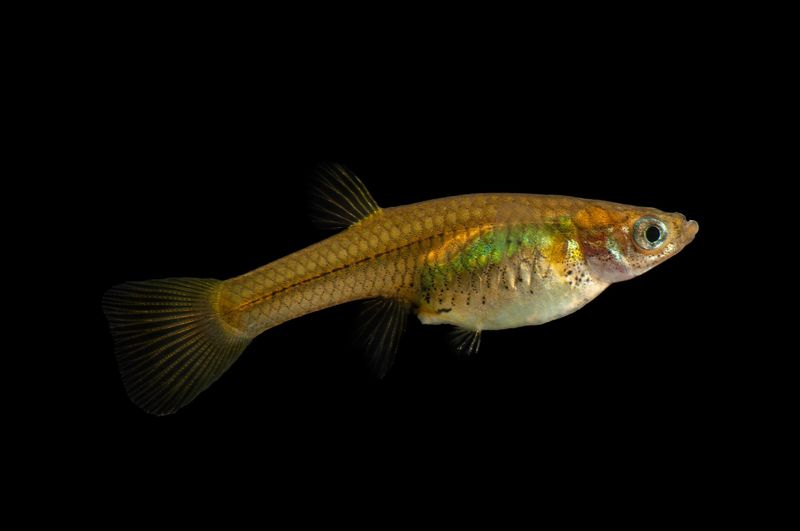
Barely two inches long, these desert-adapted fish once thrived throughout Arizona’s Gila River basin. Female topminnows give birth to live young rather than laying eggs, an unusual adaptation to unpredictable desert waterways.
Water diversion for agriculture and urban development has dried up much of their habitat. Introduced species like mosquitofish outcompete them for limited resources. Conservation efforts focus on establishing refuge populations in springs and ponds safe from non-native predators, though drought and groundwater pumping continue threatening their remaining habitats.

